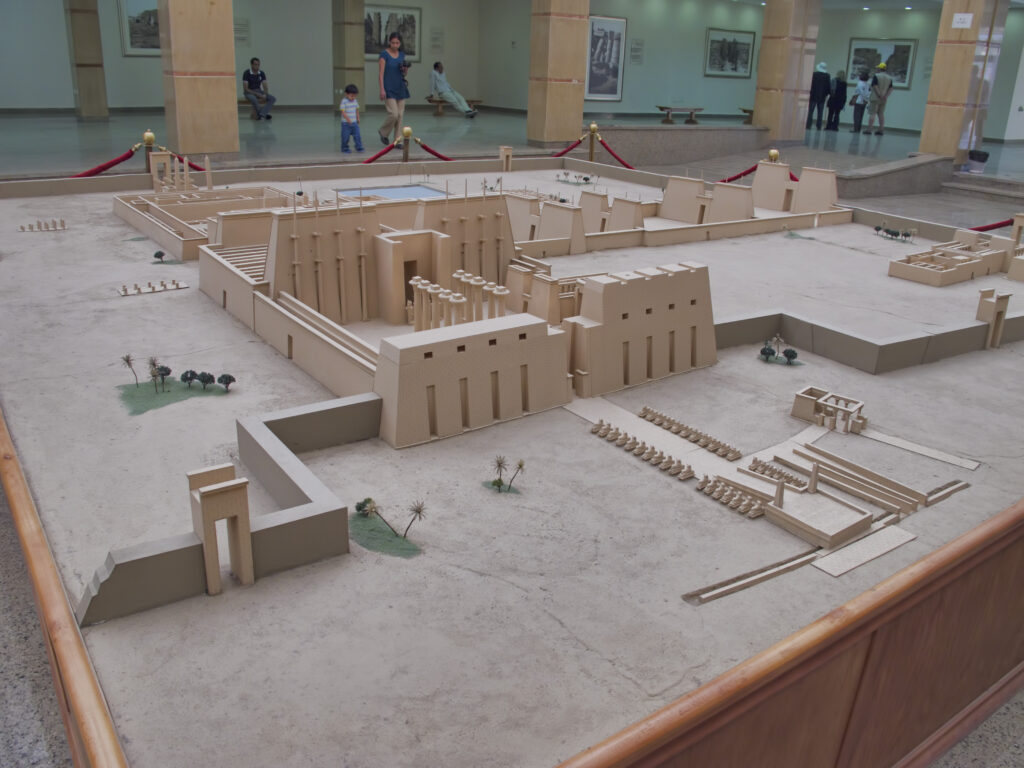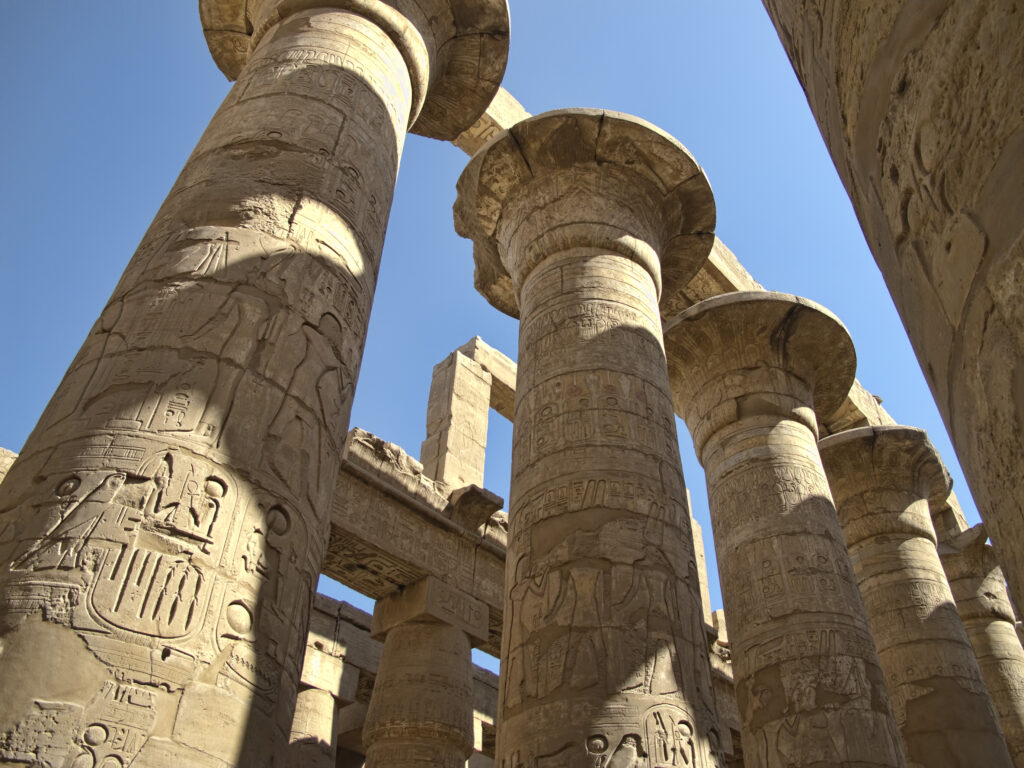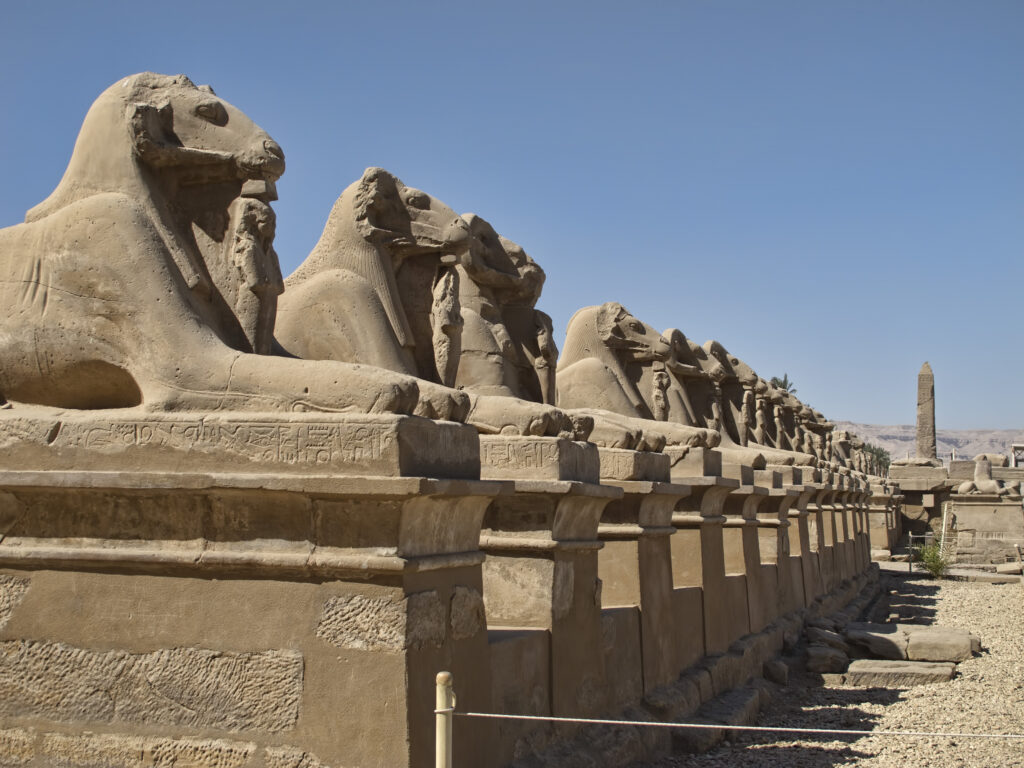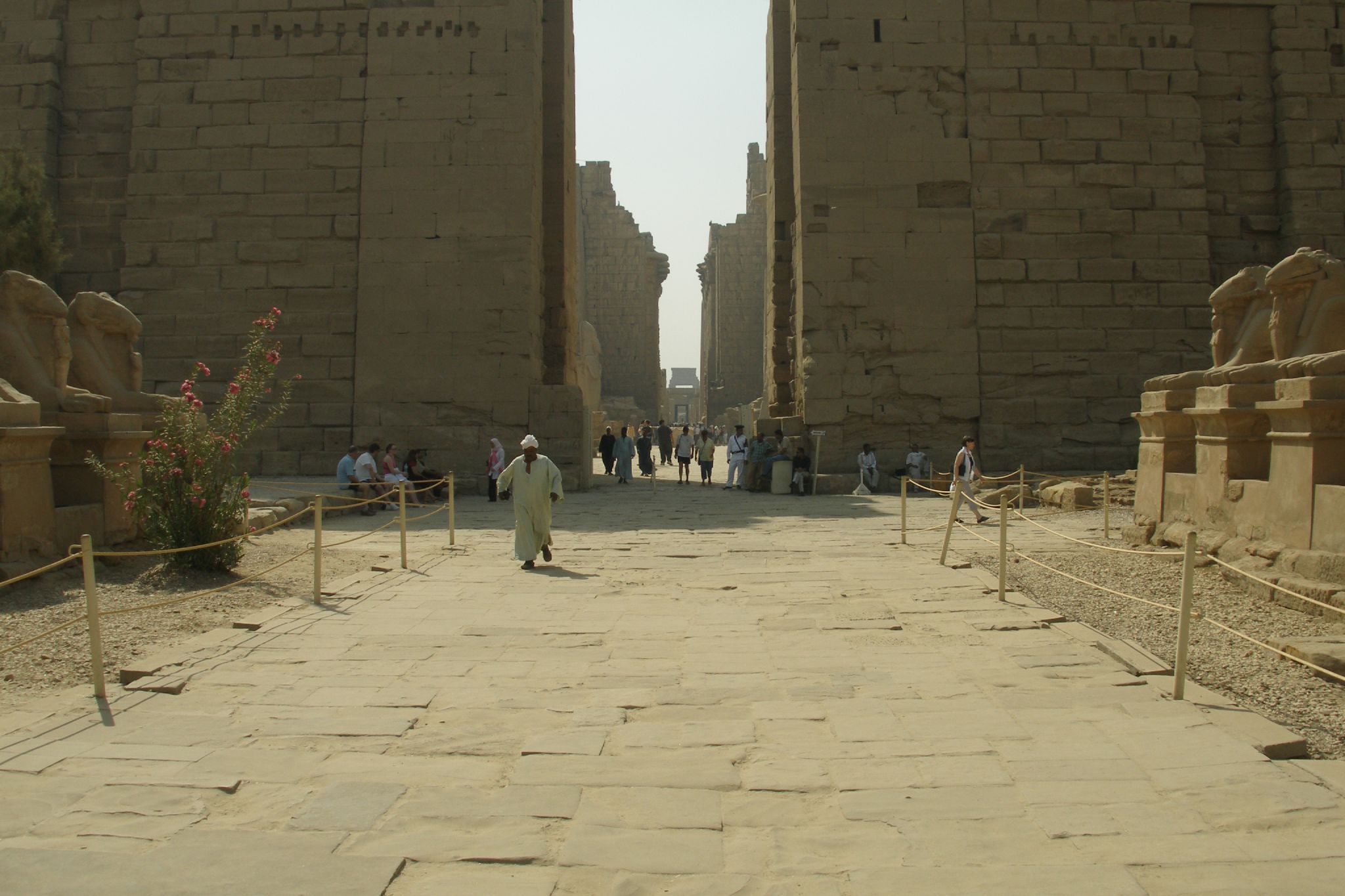The threat of climate change
Ancient Thebes with its Necropolis
This gem of ancient Egyptian culture is under serious threat from climate change.

Ancient Thebes and its Necropolis, the capital of the Middle Kingdom (c. 2055-1780 BC) and the New Kingdom (1567-1085 BC) of ancient Egypt, is located on the banks of the Nile, some 500 km from the capital Cairo.
The temple of Ramesses III and the Ramesseum of Ramesses II, the temples and palaces at Karnak and Luxor, and the necropolises of the Valley of the Kings and the Valley of the Queens are all its famous monuments, of which the tomb of the pharaoh Tutankhamun is also the most famous.


One of Egypt’s best historical, cultural, and religious legacies is the huge temples and tombs of Ancient Thebes with its Necropolis, which serves as an architectural, artistic, and literary timeline of ancient Egyptian civilization.
Climate change threat:
Salt Weathering due to changes in humidity
Changes in humidity can exacerbate saline weathering, causing flaking, blistering, cracking and corrosion of the surfaces of historic monuments.
What is Salt Weathering
Salt weathering occurs when water mist with salt enters the cracks of heritage. After the water vapour has evaporated, the remaining salt crystals accumulate and expand due to changes in temperature or humidity, eventually causing cracks in the heritage surface over a long period of time. This occurs mostly on buildings in deserts and on the Mediterranean coast.
twinkl.com
Spalling and corrosion of the stone surface
Salt deposits can cause spalling, blistering, cracking and erosion which can lead to damage to the surface of the stone.
Impaired structural integrity
Salt weathering can affect the stability and structural integrity of monuments, leading to problems such as tilting and cracks in the architectural fabric of the monuments, which may endanger their safety.
Ugly appearance
The accumulation of salt deposits can lead to an ugly appearance of the monument, with the stone surface becoming rough and losing its lustre, affecting the aesthetic and historical value of the monument.
Damage to historical and cultural values
Salt weathering can lead to the destruction of the historical and cultural value of the monuments and some cultural and historical information may be permanently lost.

How
We
Protect
Ancient Thebes
GET IN TOUCH
Visit the Exhibit Page
REFERENCE
“Thebes: Ruins Near Deir-El-Bahri, Temple of Hatshepsut” by Gary Lee Todd, Ph.D. is marked with CC0 1.0.
“Medinet Habu (Medint) in Thebes illustration by David Roberts (1796-1864).” by Free Public Domain Illustrations by rawpixel is licensed under CC BY 2.0.
“Karnak temple complex (2007-05-412)” by Argenberg is licensed under CC BY 2.0.